Massive Investments in Trails to Connect Millions in California With Safe Community Paths
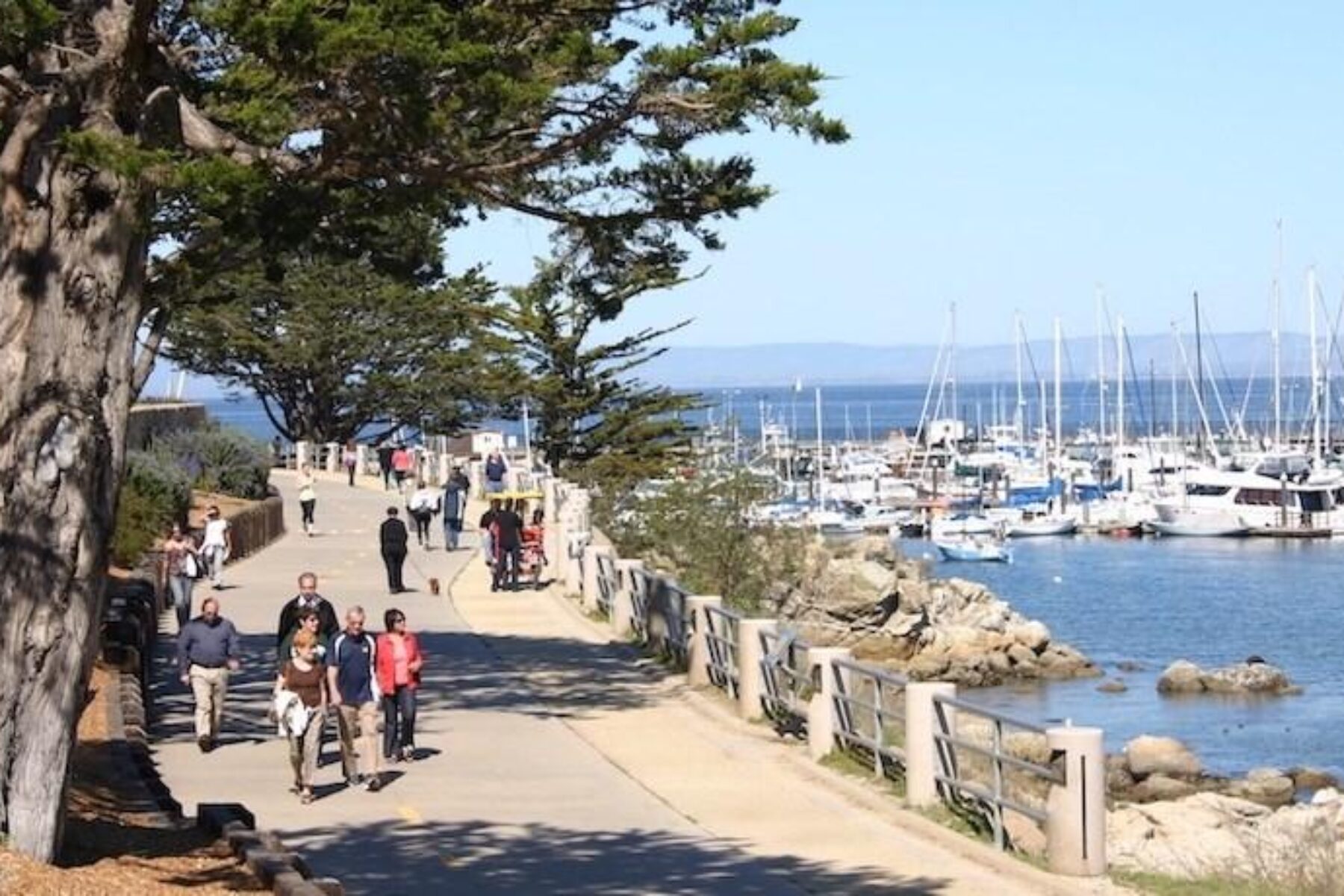
There’s some exciting trail development news coming out of California this month: The state recently approved a record-breaking $1.02 billion in investments in California trails for walking, biking and trail projects that will benefit millions of people across the state through the state’s Active Transportation Program (ATP).
Here’s what this means for the future of California trails—and the communities and destinations that they connect.
Related: Record-Breaking Investments in California’s Trails Amid Major Demand
Update: July 24, 2023, Final Cycle 6 Funding Announcement
In early 2023, the remaining Cycle 6 funds were awarded to 134 active transportation and trail projects, which will help create safer and more equitable walking, biking and rolling routes across the state.
Two critical projects along the Bay Area regional trail network—the San Lorenzo Creekway and East Bay Greenway—received $37 million combined to connect more residents with local and Bay Area trails, parks, public transportation hubs, schools, jobs, grocery stores and other important community destinations.
More than 7 miles of the San Lorenzo Creekway will be supported through this funding and will include seven active transportation bridges, enhanced crosswalks, benches, shade trees and lighting improvements, and a student-led bike lending program and walking/biking skills courses at a local school.
The East Bay Greenway funding will support the design of the segment running from downtown Oakland to Central Alameda County that will improve transit, pedestrian and accessible access for people with disabilities.
Major Boost for Transformative Trail Projects Across the State
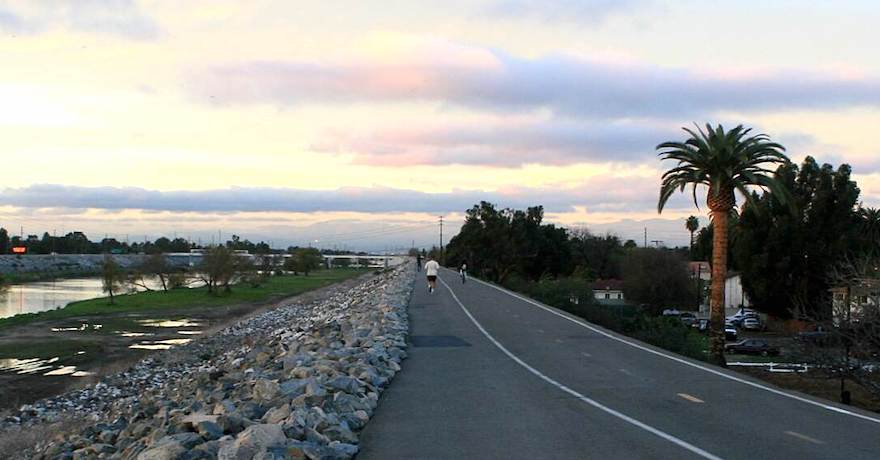
Thanks to the state’s massive boost in funding this year—supported by a major advocacy effort by RTC and partners across the state—the number of trail projects funded by the California Transportation Commission (CTC) in Cycle 6 of the ATP more than tripled this year.
Santa Cruz scored a major win for trail development in the region, with $103.6 million—the largest combined award in ATP’s history—going to its Coastal Rail-Trail project, a proposed 32-mile pathway spanning the entire coastline of Santa Cruz County that is part of the larger 50-mile Monterey Bay Sanctuary Scenic Trail. The Santa Cruz Coastal Rail-Trail is an important coastal access project that will connect dozens of schools, parks and commercial centers with a safe walking, biking and rolling path. Thanks to the funding, trail gaps will be filled along a nearly 7-mile segment through very challenging terrain, which will require three new bike and pedestrian bridges and four street crossings.
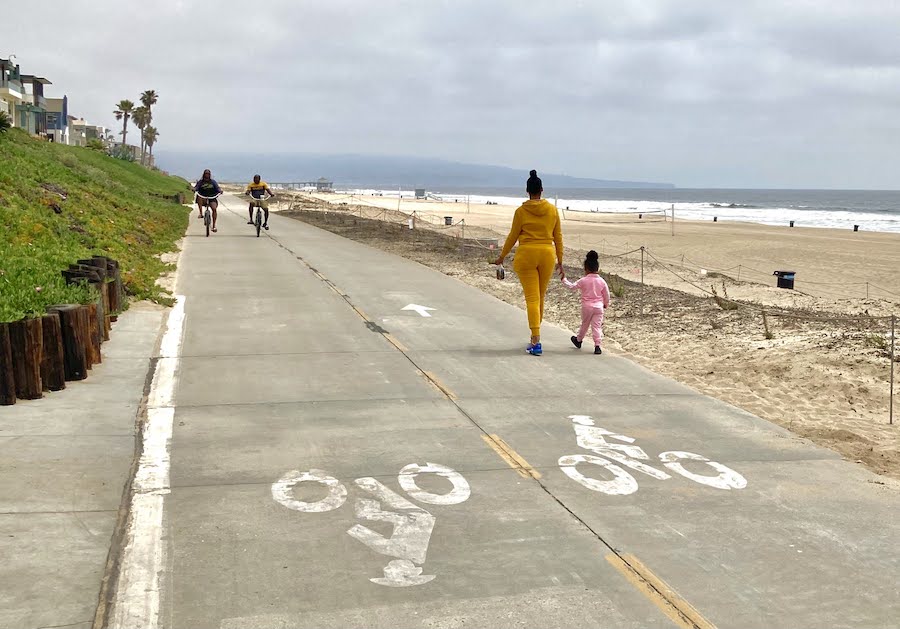
Other big-budget trail projects funded around the state include the following:
Orange County Loop Trail: An award of $46 million will fill a gap of the 66-mile trail network that is close (88%) to completion. The loop will create safe walking, biking and trail access to some of California’s most scenic beaches and inland communities, along the San Gabriel River, Coyote Creek, Santa Ana River and the Coastal/Beach Trail.
Los Angeles River Greenway: An award of $34.4 million will fund the construction of nearly half the proposed 8-mile greenway. Once complete, this biking/walking path will connect millions of people living between the San Fernando Valley and Long Beach to the revitalized Los Angeles River while providing scenic river views and beach access.
Game Changing Funding for the Bay Area Regional Trail Network
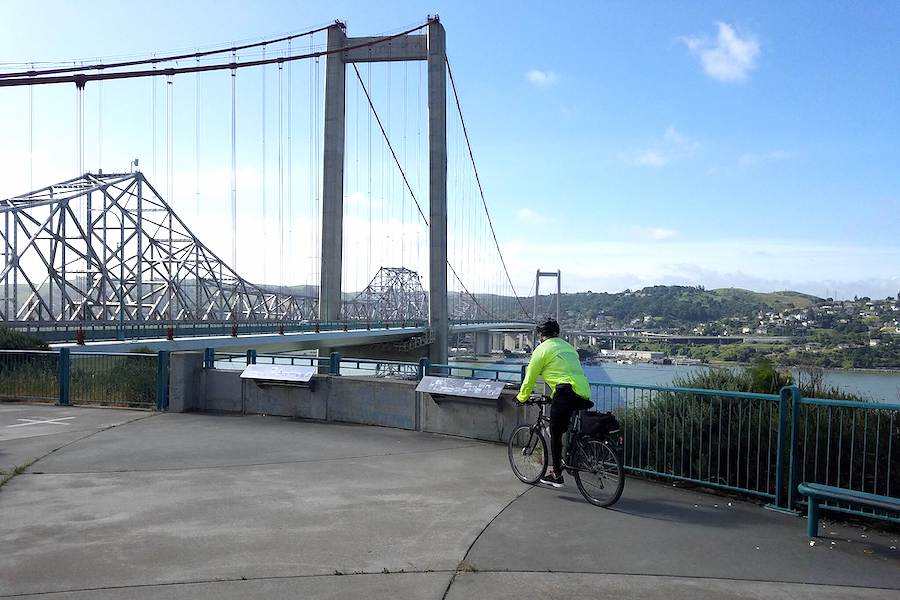

Through this year’s ATP awards, two important segments of the developing 2,600-miles-plus Bay Area regional trail network will be constructed, getting RTC and local trail partners closer to a collective goal of connecting all nine counties. The TrailNationTM project, spearheaded by Rails-to-Trails Conservancy and the Bay Area Trails Collaborative, demonstrates what’s possible when cities and counties are connected by trails. The two projects, based in East Bay, received a combined $28.1 million to connect communities to the regional network.
The West Oakland Link of the Bay Bridge Skyway will be transformative for seven low-income Communities of Color, creating a safe, separated walking, bicycling route from West Oakland to the partially completed Bay Bridge pathway, navigating through major barriers—including freeways, railways and industrial areas. Eventually, the Skyway will be extended across the western half of the Bay Bridge, linking the East Bay to San Francisco. The Link project will also connect communities to many local destinations within a half-mile of the path, including 66 acres of parks and open space, employment hubs supporting an estimated 2,300 jobs, and three schools.
The San Pablo Avenue Complete Streets Project in Contra Costa County will fill a gap in the San Francisco Bay Trail (a proposed 500-mile loop encircling San Francisco Bay, which is part of the regional trail network) with a multiuse path for residents to commute and be active outside between Rodeo and Crockett and access the larger regional trail network. The project will also provide access to a public transportation station currently in the works that will serve ferry, train and bus users.
California’s ATP program is the largest single source of trail, bike and pedestrian funding in the state. Combining both federal and state funding sources, the result is a powerful investment for trails, making it possible for the state to fund larger projects that impact even more people who may have limited or no trail access in their communities. This program helps create thriving and safer communities by expanding walking and biking opportunities and prioritizing equity. All the funding awarded this month will directly benefit disadvantaged communities.
Transforming Active Transportation Across California Communities
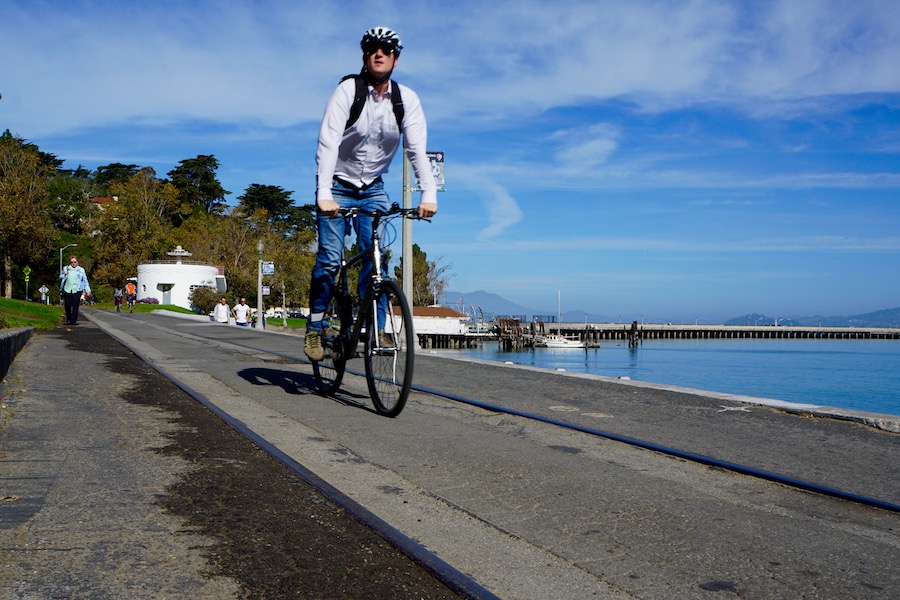
Funding requests to the historically competitive ATP continue to soar, showing that demand for safe active transportation and trails continue to grow. Thanks to the CTC’s encouragement to think big, trail developers are increasingly submitting larger projects to connect to more residents; the larger funding requests also reflect rising construction costs.
ATP guidelines ask applicants to demonstrate how their project will transform communities by increasing short walking, biking or rolling trips and by integrating the project into larger community plans for housing (especially affordable housing), land use, transit planning, safety, and connections to trail or active transportation networks.
These criteria have encouraged big-picture thinking in many communities. Instead of advancing small projects in a piecemeal way, more agencies are seeing the benefits that being part of a larger trail or active transportation network can bring to communities—connecting them with housing, jobs, schools, shopping destinations and recreation.
More Money Available in the Future
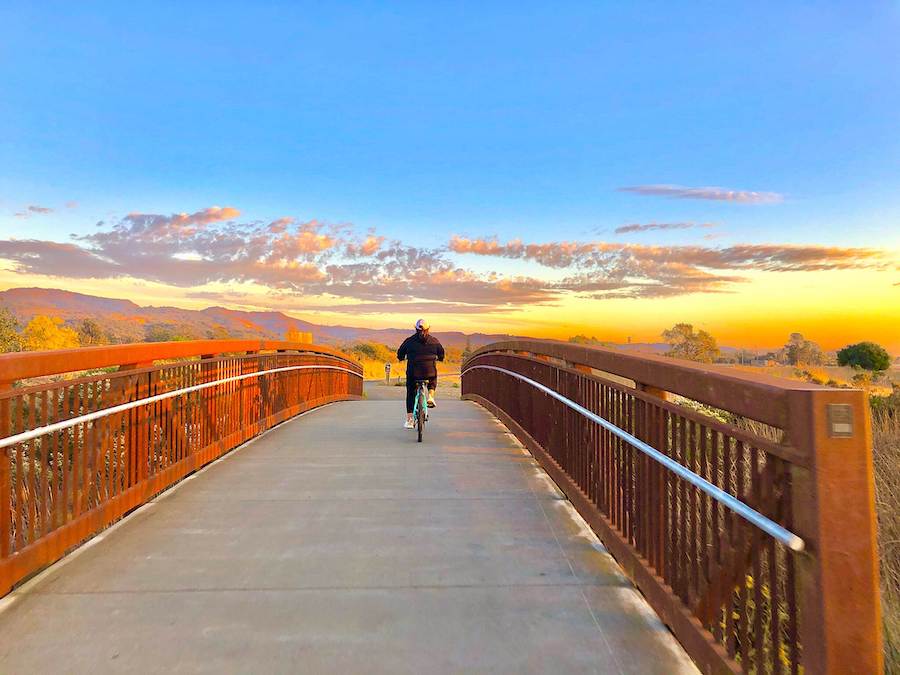
Projects that were unsuccessful in this announcement round will have an opportunity to compete for the remaining funding, which will be distributed in 2023 through the state’s regional share.
Among the projects competing for regional ATP funding are 14 projects within the Bay Area regional trail network:
- Napa Valley Vine Trail between Yountville and St. Helena: This 9.6-mile project will close a gap in the developing 47-mile trail through the heart of Napa Valley. In addition to serving local commuters, including those in the agriculture sector, the trail will serve some of the 3 million annual visitors to wine country.
- San Lorenzo Creekway: The project will connect 24 schools with nearby parks, public transportation and trail networks with a 7-mile trail, providing a rare east-west connection from the Bay Trail to the Ridge Trail in the foothills.
How Can Trail Projects Apply for Future ATP Funding?
The ATP funds projects every two years, with the next round–Cycle 7–to be announced in early spring 2024 and applications due that summer. Information will be posted on the CTC website.
Learn more about trail funding programs on RTC’s policy page.
For alerts on this and other trail funding programs, subscribe to RTC’s TrailNation Collaborative newsletter.
The Bay Area Trails Collaborative is working to create a world-class 2,600-miles-plus regional trail network across nine counties in the Bay Area. This includes transformative projects like the San Francisco Bay Trail, which will eventually wrap around the entire Bay and pass through 47 cities. Once complete, the interconnected trail system will serve as an active transportation and recreation corridor for the 7 million people living and working in the Bay Area.
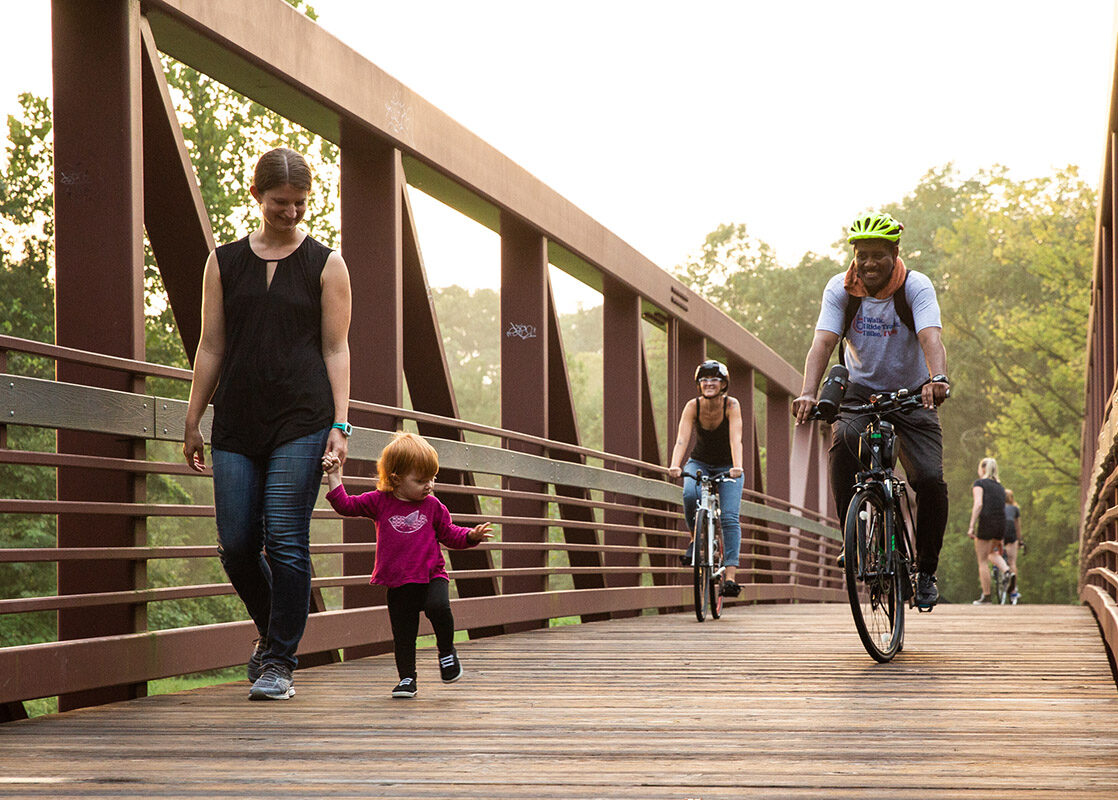
Donate
Everyone deserves access to safe ways to walk, bike, and be active outdoors.